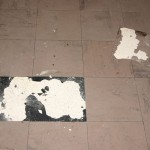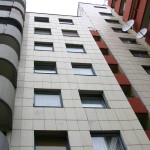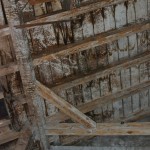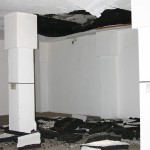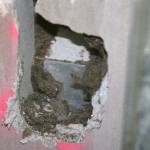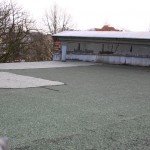In urban areas building demolition is often necessary prior to reuse and redevelopment of a site. Many formerly used building materials have been shown to contain contaminants (PAH, asbestos, PCB). Further contaminants may be present in materials as a result of processes carried out on the site such as electroplating, metal processing, car workshop or dry cleaning, to name a few. The building fabric may therefore contain varied pollutant loads. Frequently, these are not immediately recognizable (joints, slabs, glue on parquet floor or tiling etc.). Often professional investigation, including sampling and analysis, is required to identify contaminated material. During preparation of a selective demolition plan, contaminated building fabric and hazardous materials are recorded and documented in a building contaminants inventory prior to the actual demolition works. Recommendations are made for disposal procedures/routes, and health and safety measures. If a building contaminants inventory is prepared, disposal and remediation costs can be accurately determined prior to demolition. Existing buildings may be contaminated with a variety of hazardous materials contained in various building materials e.g.:
- Asbestos in roofing and facade cladding, ceiling tiles, fire doors, floor tiles, in sewage pipes, etc.
- PCB in sound insulation boards, elastic joint seals, cable coating, fire retardant coating, etc.
- PAH in sealing sheets and roof sheets, mastic asphalt and blacktops, parquet floor and wood glues, tarred cork and many more
- Artificial mineral fibres (AMF) in mineral wool and insulating boards
What can we provide?
- Representative sampling of building materials/rubble/spoil
- Preparation of a building contaminants inventory
- Laboratory sample analyses of the relevant parameters
- Allocation of the disposal code of the building materials
- Determination of the waste volume
- Calculation of disposal costs
Mixing of different hazardous waste materials is not permitted according to German recycling law. Hazardous substances must be separated if technically and economically feasible. Often the costs for disposal of separated building wastes resulting from selective demolition are much lower compared to disposal of mixed building wastes.


